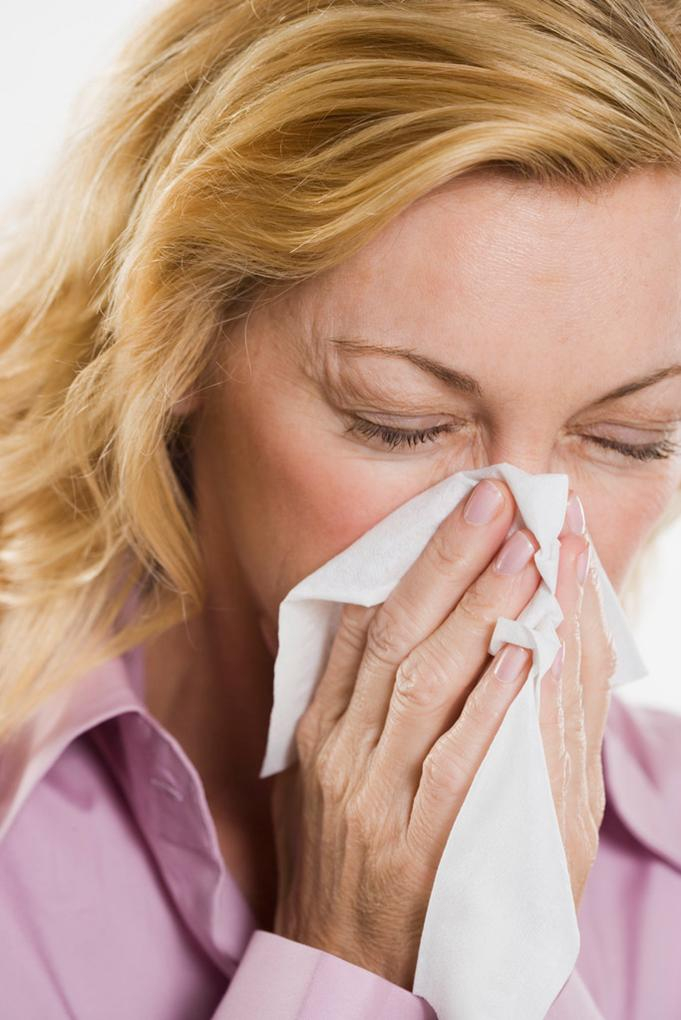Sick Day Management--
Type 1 Diabetes
If you have Type 1 diabetes, you also need to monitor your blood or urine for ketones. Your body may use fat for energy because your blood glucose is high, and not being used for energy. The break-down product of fat is ketones. Ketones become acid in the body and if they continue to rise, you can develop diabetic ketoacidosis (DKA). This is a very serious condition that requires immediate medical attention.
To help you remember the important steps, think of the word S-I-C-K:

S is for blood sugar testing
Check your blood sugar every 2 to 3 hours when blood sugars are high (above 14 mmol/L), or more often if needed.

I is for insulin
Continue to take your Insulin. Often extra rapid acting or short acting insulin is needed, especially if glucose levels are elevated or ketones are present. If you are having low blood sugars you may need to reduce your insulin dose(s). Always take your basal insulin as it is needed to stop ketones from forming.

C is for carb and fluid
Your body needs carb for energy and to balance your insulin. If you can only eat a small amount, focus on eating carb containing foods or sip on carb containing fluids throughout the day. Also increase your fluid intake to prevent dehydration.

K is for ketone testing
Check your blood or urine for ketones every 2 to 3 hours or every time you use the bathroom. Ketones are produced when your body burns fat instead of sugar for energy.
Note: Check the expiry date on your ketone strips. Urine ketone strips are only good for six months after opening.
Sick Day Insulin Adjustment
When you are sick, you may need to increase your rapid or short acting insulin doses or even take an extra injection to lower high blood sugars and get rid of ketones.
| Important |
The following section on insulin adjustment is a guideline only. Check with your health care team before using these guidelines.
(Adapted from Saskatchewan Ministry of Health, Nov 2011)
|
What to do:
1. When your blood sugar is higher than 14 mmol/L, you need extra rapid or short acting insulin. Insulin adjustments are based on your total daily dose (TDD) of insulin.
2. To calculate your TDD, add up all the insulin doses that you would give on a regular day. This includes your usual doses of pre-meal and basal insulin.
For example, if you take 10 units Rapid at breakfast, 8 units Rapid at lunch, 12 units Rapid at supper and 24 units of long acting insulin at bedtime, your TDD is 10+8+12+24 = 54 units
3. Your sick day adjustment will then be a percentage of your TDD.
| Blood Glucose Level |
Blood Ketones (mmol/L) |
Urine Ketones |
Extra Insulin (using rapid acting only) |
| 14 to 16 mmol/L |
0.6 - 3.0 or greater |
Moderate to large |
10% of TDD |
| 16.1 to 22 mmol/L |
less than 0.6 |
Negative to small |
| 16.1 to 22 mmol/L |
0.6 - 3.0 or greater |
Moderate to large |
15% of TDD |
| 22.1 or more |
less than 0.6 |
Negative to small |
| 22.1 or more |
0.6 - 3.0 or greater |
Moderate to large |
20% of TDD |
| 4. You can calculate your extra insulin by doing the math yourself. For example, if your TDD is 54 units: |
10% = 5.4 extra units (round to 5 units) |
| |
15% = 8.1 extra units (round to 8 units) |
| |
20% = 10.8 extra units (round to 11 units) |
| |
Important
The suggested extra rapid insulin can be taken either by:
1. Adding the suggested extra units to your usual dose at the usual time
OR
2. Taking an extra insulin injection
*Rapid acting insulin can be taken every 3 to 4 hours
|
Sick Day foods and Fluids
1. Drink plenty of fluids to stay hydrated.
Illness, vomiting, diarrhea, fever and high blood glucose can lead to dehydration.
| Choose from these sugar free fluids |
Limit the following
(caffeine may cause dehydration)
|
Water or diet pop (caffeine free)
Broth or consommé
Sugar Free Jello
Sugar Free Kool Aid or Crystal Light
|
Coffee
Tea
Colas
|
2. Make sure you eat foods or drink fluids with some carbohydrate regularly.
Follow your usual meal plan if possible or choose lighter foods to provide about the same amount of carb as your missed meal or snack. If you are too sick to eat, replace uneaten food with carb containing fluids.
| Light carb food choices (15gm Carb) |
Fluids with carb (15 gm Carb) |
1 slice of bread or toast
7 soda crackers or 4 melba Toast
3/4 cup hot cereal
1 cup of chicken noodle soup
1 medium sized fruit
|
1/2 cup of regular Jello
1/2 cup ice cream or sherbet
3/4 cup artificially sweetened yogurt
1/4 cup regular pudding
1 popsicle stick
1/2 cup juice
3/4 cup regular soft drink
1 cup milk
1/2 cup Glucerna
1/3 cup regular Boost or 1 bottle Boost Diabetic
1 cup Gatorade
|
When to go to Hospital
1. When you are experiencing any signs of diabetic ketoacidosis.
Signs and Symptoms of Diabetic Ketoacidosis
Stomach pain
Nausea or vomiting
Rapid breathing or heart beat
Fruity-smelling "ketone breath"
Thirst and frequent urination
Weakness or tiredness
Visual disturbances
Sleepiness, difficulty staying awake
Cracked lips or dry mouth (signs of dehydration)
Confusion
Unconsciousness
|